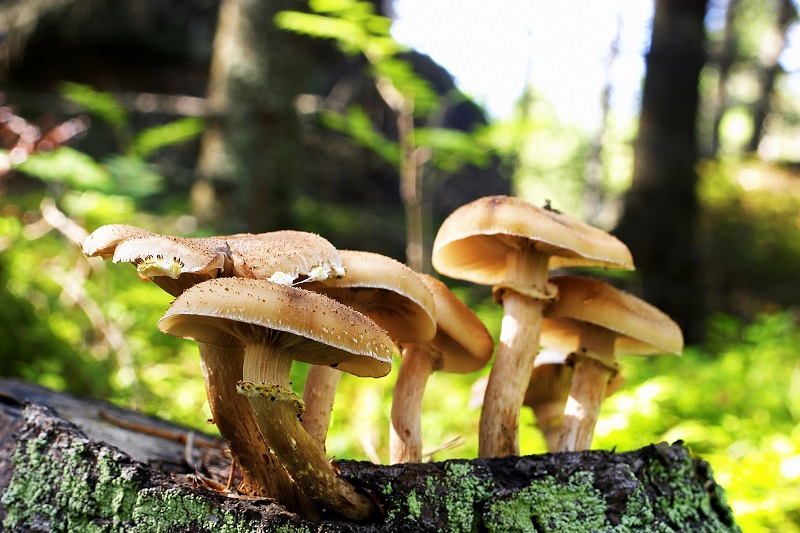Green corridor

|
[edit] Introduction
A 'green corridor' (also known as a wildlife corridor, biological corridor, or habitat corridor) is a strip of land that is established to enable the bridging of habitat populations that have been split by human development such as a road, settlement, or other human activity. If this is not undertaken, wildlife populations may become unstable and some species (animals and plants) could become vulnerable. Green corridors may also be created in the wake of natural disasters, such as wildfires and disease, to help re-establish the newly reduced wildlife populations.
Once in place, they can allow animals to migrate to new areas if food is in short supply in their usual habitats.
Genetic diversity may also be increased as animals may find new mates on the other side of the corridor (the target patch). This can help prevent inbreeding and lowered genetic diversity and is particularly important for small animals and birds.
A further bonus maybe that animal movement to a target patch may promote indirect effects on plant populations, such as greater pollination and seeding.
[edit] Types of the green corridor
It is generally accepted that the wider the corridor, the more effective it will be in attracting species to use it. Current thinking favors asymmetrical and random green corridor design as near as possible to a natural environment.
There are two types of corridors:
- Land corridors - which can be strips of land as narrow as a line of shrubs.
- Water corridors (‘riparian ribbons’) - may be rivers or streams.
Depending on its size, a green corridor in an urban area could provide an attractive breathing space for residents and so be more acceptable to them. The opposite may be true if the corridor allows foxes or vermin to enter the human realm.
Green corridors may be created to offset the environmental impacts of new developments or infrastructure. For example, High Speed 2 Ltd (HS2) is planning a green corridor comprising “new wildlife habitats, native woodlands and community spaces to help integrate the new line into its surrounding landscape and environment”. It is claimed this corridor is the largest ever undertaken by a UK infrastructure project and will allow species to cross from one side of the line to the other.
NB The London Plan, Published by the Mayor of London in March 2016, suggests that green corridors are: ‘…relatively continuous areas of open space leading through the built environment, which may be linked and may not be publicly accessible. They may allow animals and plants to be found further into the built-up area than would otherwise be the case and provide an extension to the habitats of the sites they join.’
[edit] Related articles on Designing Buildings Wiki:
- Biodiversity.
- County wildlife site.
- Ecology connectivity.
- Ecology.
- Environmental legislation for building design and construction.
- Forests.
- Green chain.
- Green infrastructure.
- Habitat.
- How and Why to Make a Wildlife Garden - Talk.
- Transitioning to eco-cities: Reducing carbon emissions while improving urban welfare.
- Wildlife and Countryside Act.
Surrey Hills Directory
[edit] Planning
Building Design in the Surrey Hills
[edit] Highways
Conserving and Enhancing Country Lanes in the Surrey Hills AONB
[edit] Biodiversity & Landscape
Landscapes Review: National Parks & AONBs 2019
Light Pollution - Threat to Migrating Birds
Making Local Nature Recovery Strategies deliver
[edit] Health & Wellbeing
Nature and Wellbeing: The Evidence
How nature can be used to improve wellbeing







Comments